Where to begin? Chengdu, Chongqing, Xian, Beijing were all unique. Chengdu is the relaxed city, its parks designed for leisure, drinking tea and playing Mahjong. Chongqing is an eastern Manhattan, high rise buildings squashed on a thin peninsular between two rivers. Xian is an old walled fortress, home of the terracotta army while Beijiing is all about business and money, host to the 2008 Olympics, famous for Tiananmen Square and the Forbidden City. Linking west to east is the Yangtze River, its valleys flooded by the Three Gorges Dam, viridian waters mirroring green forested mountains, lost towns and villages drowned below. Urban and rural landscapes were smoky, covered by a smog blanket. New concrete highways contrast with areas where villages tend their own bit of road. These range from smooth tarmac to bone shaking rubble. Every bit of space is utilised for food. Gardened patches grow under massive flyovers. Paddy fields line the side of huge motorways while tea grows on terraces cut into every hillside. Roads are congested but bullet trains and internal flights remain slick and efficient. The toilets were a culture shock. Food was low fat and dairy free with no sugar; instead it was rice and vegetables with small amounts of chilli’d meat or fish eaten with chopsticks – every meal served with chilled local beer. Drinking water was bottled while drinking tea both ceremony and art. You swirl and sniff before downing tiny tumblers or use the lids of larger cups to scoop the leaves to one side. A covered cup means this place is taken. An uncovered cup says fill me please.
Besides walking the Great Wall, it was the unexpected which most surprised. The Huguang Guild Hall at Chongqing; my first experience of old China was a delight. I loved the Shu Feng Ya Yun Sichuan Opera in Chengdu and the Shibaozhai pagoda on the Yangtze, the ‘purple rain pavilion’, preserved as river levels rose so it was no longer the top of the mountain but now just above the water line. Old China has been recognised as a cultural heritage to be saved rather than destroyed. This has created unexpected juxtapositions and occasional confusion between real and imitation. History seeps from every arched roof and curved dragon. These old buildings breath a lost culture and lifestyle. The Winter Palace itself was amazing. I had no idea of its size. Like a Russian doll, every courtyard opened out onto another and another – each more ornate – with whole villages of buildings and squares on either side. This was the China I’d hoped to see.
But what about the problems? I remember 1989, the images of the lone protester in Tiananmen Square and subsequent action by the military. Before I left, I read up on the Cultural Revolution and all the facts I could find on restrictions to human rights, none of which are unique to China. They exist in one form or another in other continents and countries around the world. There are no excuses for cruelty wherever it’s exposed but I don’t regret going. My lasting impression is the friendliness of the Chinese people, their curiosity about us as westerners – with big noses. We were stared at and asked to be photographed. I think what touched me most was the acceptance of everyone we got to talk to about their life experiences and hopes for the future. Always there is hope for something better. In the most difficult of circumstances, life goes on in universal cycles and of all the wonderful places I visited, the best thing about China was the people.
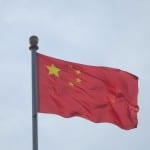
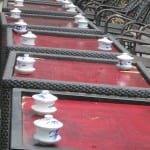
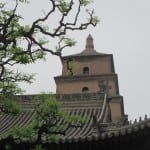
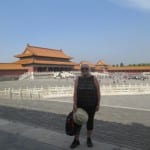
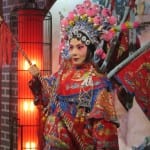
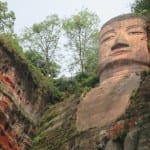
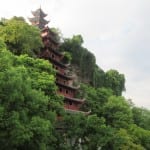
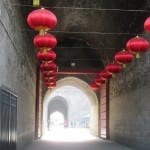
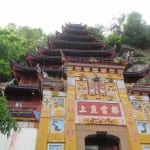
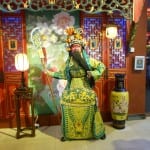
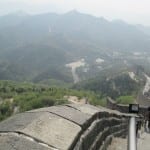

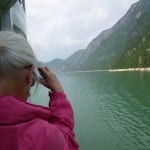
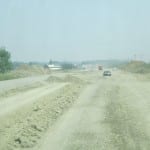
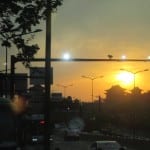
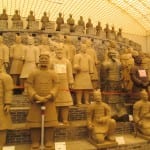
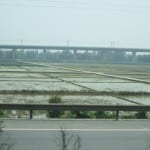
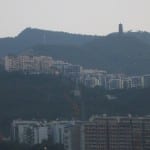
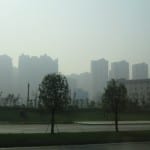
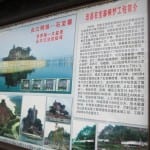
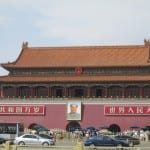
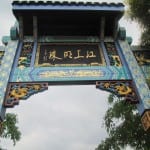
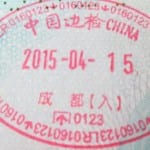
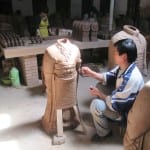
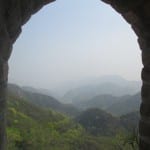
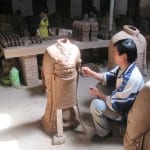
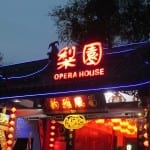
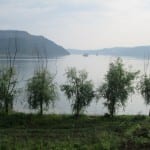
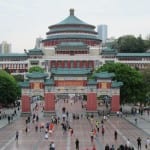
Comments are closed.